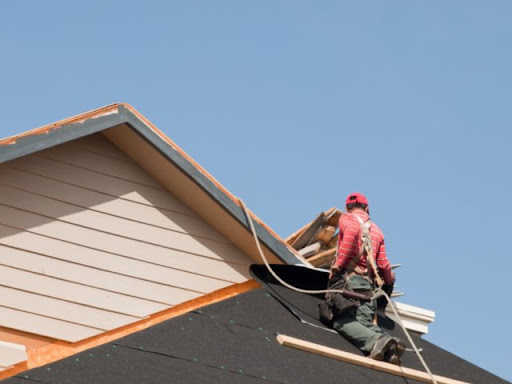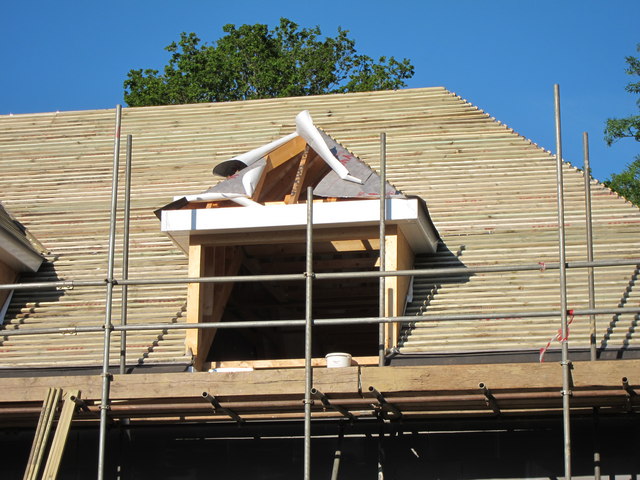When it comes to roofing, the term “roof pitch” often gets thrown around, yet many homeowners remain uncertain about what it means and why it’s crucial. Your roof’s pitch plays a fundamental role in determining its aesthetic appeal, structural integrity, and functionality. In this comprehensive guide, we delve into the nuances of roof pitch, unraveling its mysteries and shedding light on its significance.
Demystifying Roof Pitch
Simply put, roof pitch refers to the slope or steepness of your roof. It is typically expressed as a ratio, indicating the vertical rise in inches for every horizontal foot. For instance, a roof with a pitch of 4:12 means that for every 12 inches of horizontal distance, the roof rises by 4 inches vertically. If you are seeking a source of inspiration and guidance about roofing, visit Wesport CT roof repair and installation expert for further info.
Understanding the Importance
1. Aesthetic Appeal:
The pitch of your roof significantly impacts the overall appearance of your home. Different roof pitches complement various architectural styles. For example, steep pitches are synonymous with Gothic or Victorian architecture, while lower pitches are more common in contemporary designs. Choosing the right pitch can enhance your home’s curb appeal and architectural harmony.
2. Water Drainage:
One of the primary functions of a roof is to shed water efficiently. The pitch plays a crucial role in facilitating proper drainage. Steeper pitches allow rainwater and snow to flow off quickly, reducing the risk of water pooling and leaks. In contrast, low-pitched roofs may struggle with drainage, leading to water accumulation and potential water damage.
3. Structural Integrity:
Roof pitch directly influences the structural integrity of your home. Steeper pitches distribute the weight of the roof more evenly, exerting less stress on the supporting structure. This results in a stronger and more durable roofing system capable of withstanding various weather conditions, including heavy snow loads and strong winds.
4. Attic Space:
The pitch of your roof also impacts the usable space within your attic. Steeper pitches provide more headroom and storage space, making them ideal for homeowners looking to maximize attic utilization. On the other hand, low-pitched roofs may limit attic functionality, restricting storage options and livable space.

5. Energy Efficiency:
Roof pitch can affect the energy efficiency of your home. Steeper pitches promote better airflow and ventilation, helping to regulate indoor temperatures and reduce reliance on heating and cooling systems. Additionally, certain roofing materials, such as metal or clay tiles, perform optimally on specific pitch angles, further enhancing energy efficiency.
Choosing the Right Roof Pitch
Selecting the appropriate roof pitch requires careful consideration of various factors, including climate, architectural style, and personal preferences. Consulting with a professional roofing contractor can help you determine the optimal pitch for your home based on these factors.
In Conclusion
Understanding roof pitch is essential for homeowners seeking to make informed decisions about their roofing systems. From enhancing aesthetic appeal to ensuring structural integrity and energy efficiency, the pitch plays a pivotal role in the overall performance and longevity of your roof. By grasping the significance of roof pitch, you can embark on your roofing journey with confidence, knowing that you’re making choices that will benefit your home for years to come.





